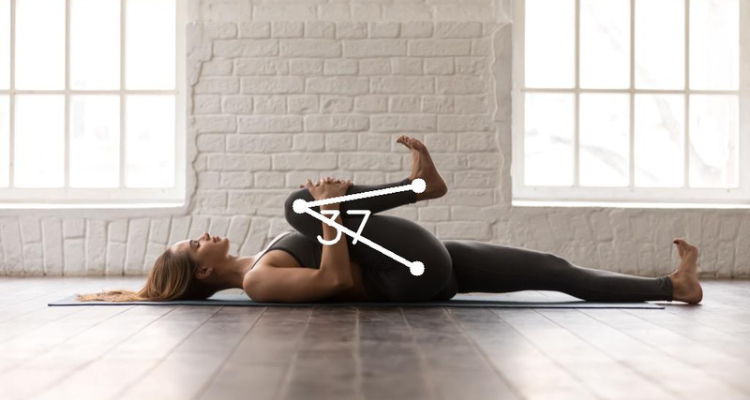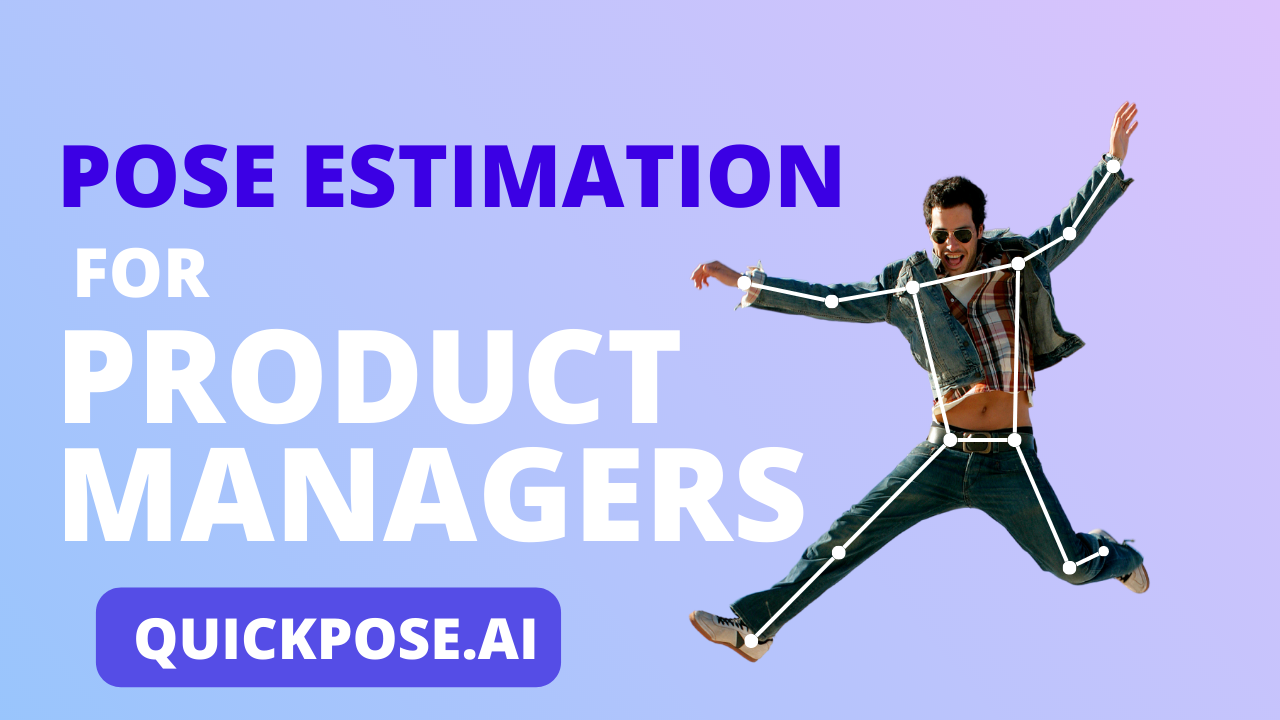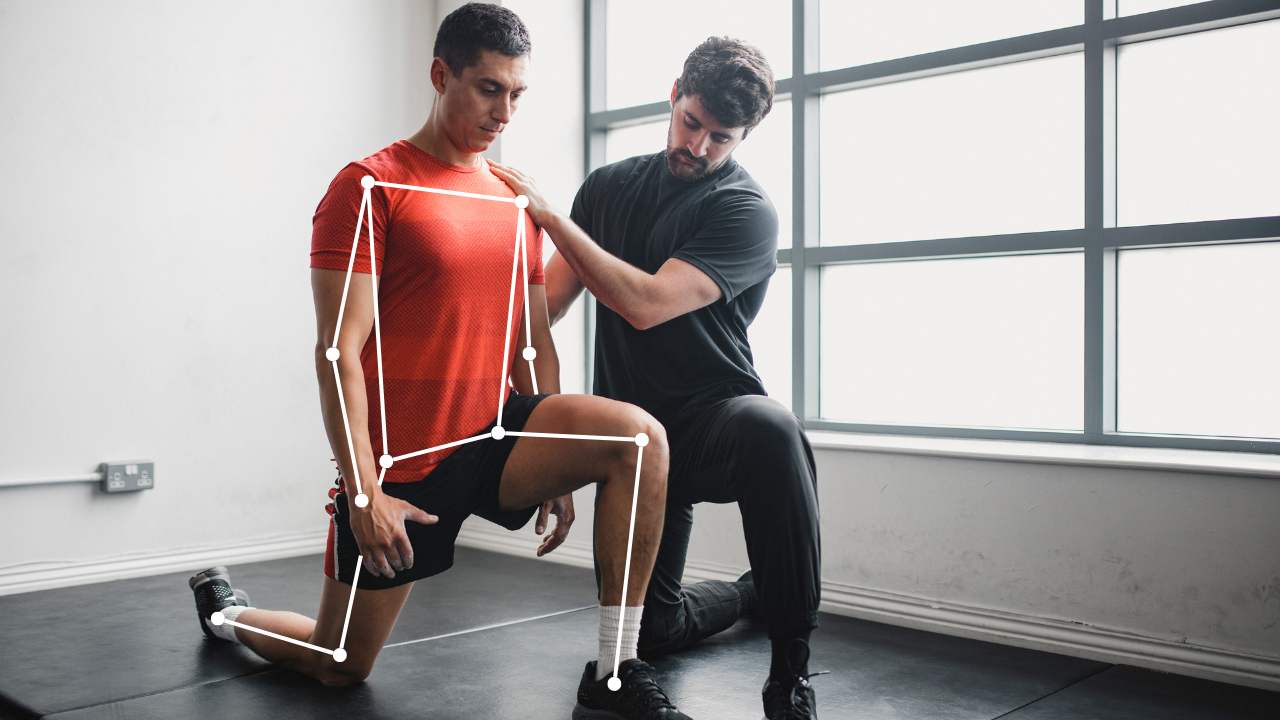Are you a product manager working on developing new technologies and products? In this beginner’s guide for product managers, we will explore what is human pose estimation, why it matters for your project development efforts, and provide some top tips to help ensure successful implementation. Get ready for an exciting journey into the world of AI unlocked by Human Pose Estimation!
What is pose estimation and what are its use cases for product managers?
Pose estimation is a technology that uses AI algorithms to detect and interpret human body poses in real-time. This makes it an incredibly powerful tool for product managers who are interested in developing products and services with applications in fields such as healthcare, fitness and gaming. Specifically, product managers can use pose estimation technology to enhance user experience by creating smarter products for more engaging, interactive, and immersive experiences.
As smartphones become smarter and the algorithms for pose estimation become more efficient, the potential uses of this technology will continue to expand, and yet still fit in our pockets.
Get Access to Our TestFlight Demo
Check out QuickPose iOS SDK abilities in our TestFlight Demo app.
The basics of pose estimation – what it is, how it works and why it’s valuable
Pose estimation technology is based on a combination of computer vision, motion tracking and machine learning. It uses AI algorithms to detect and recognize the human form in real time. First, the system takes an image or video as input which it then interprets as a set of positions known as key points. These key points are used to construct a 2D or 3D representation of the body’s orientation and position in space.
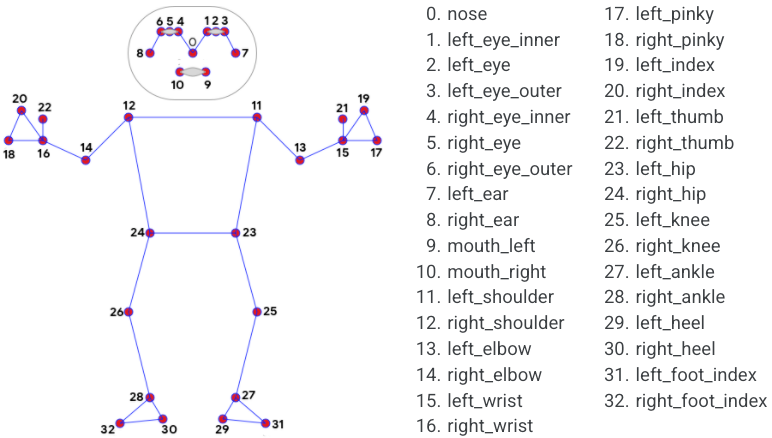
The technology relies on two key components to accurately recognize poses:
(1) a powerful algorithm that can interpret the input image or video data; and
(2) an effective way to interpret key points to classify poses and trigger next outcomes in the product.
The benefits of pose estimation for product managers are numerous, as it allows them to create products that can recognize human movement with unprecedented accuracy. This opens up a world of possibilities for developing interactive user experiences and automated systems. For instance, a healthcare device can use pose estimation to accurately track physical therapy exercises for rehabilitation; a virtual reality system can use the technology to recognize hand gestures and create an immersive experience; or a gaming application can use pose estimation to allow players to interact with their environment. The possibilities are endless.
Case Study of Pose Estimation used in a Health App
Human positions are captured by pose estimation, human movements are interpreted by pose classifications. The example below is from a health app called ReflexHealth, which is built on QuickPose technology. Pose Estimation is used to recognize the hand and fingers, whereas Pose Classification interprets the hand positions as raised digits. QuickPose converts the camera image into a number of raised fingers for the app, essentially converting raw data into something meaningful and simple for the app to work with. In this case the app uses the raised fingers to gather health data for the user.
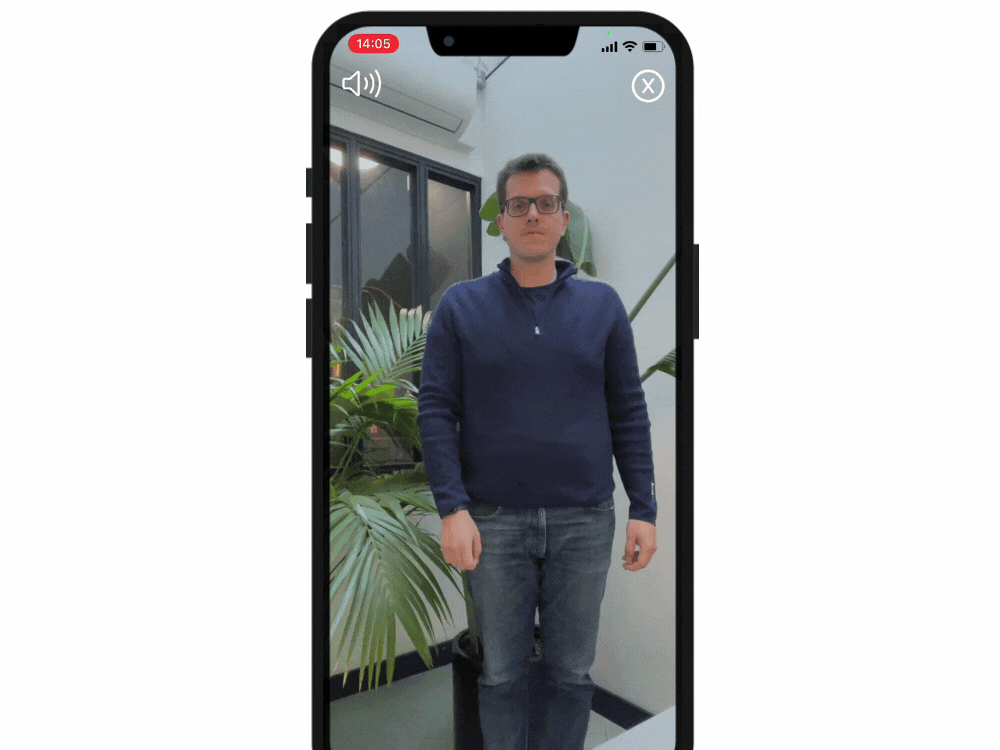
In Summary:
Pose Estimation is the AI technology of interpreting images of humans into 2D or 3D models comprised of Key Points – eg dots that mark the limbs of a person.
Pose Classification is the more complex analysis of these 2D and 3D models that interprets human poses. It can be used in a Squat counter, or push-up counter.
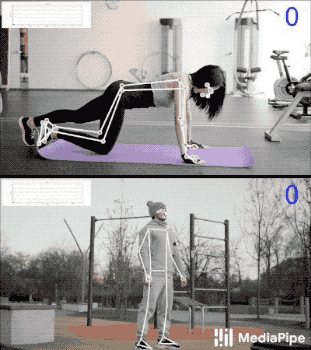
Examples of how pose estimation can be used in product development
As a Product Manager, you can leverage pose estimation technology to create a wide variety of products and applications. Here are some examples:
Interactive Sports Applications: Pose estimation can enable interactive sports applications that use real-time body tracking to create more immersive experiences. This could include a virtual boxing game, where opponents can throw punches at each other in real time based on how they move their bodies.
Motion Detection Systems: Pose estimation can be used to create motion detection systems, such as those used in gaming and home security systems. These systems use AI algorithms to detect changes in body position over time, enabling them to accurately recognize and respond to gestures, poses, and other motions.
Autonomous Robots: Pose estimation can also be used to enhance the capabilities of autonomous robots, allowing them to more accurately interact with humans by interpreting their movements and recognising gestures
Healthcare Devices: Pose classification technology can be used to track physical therapy exercises and provide feedback on performance. This can enable doctors to monitor the progress of their patients to measure joint range of motion, and general mobility.
Ultimately, pose estimation technology is an incredibly powerful tool that has the potential to revolutionize product development and user experience. With these examples in mind, it’s easy to see why this technology is so highly sought after in today’s market. Whether it’s for healthcare, gaming, or autonomous robots – pose estimation is sure to enhance the capabilities of product developers and create incredible user experiences.
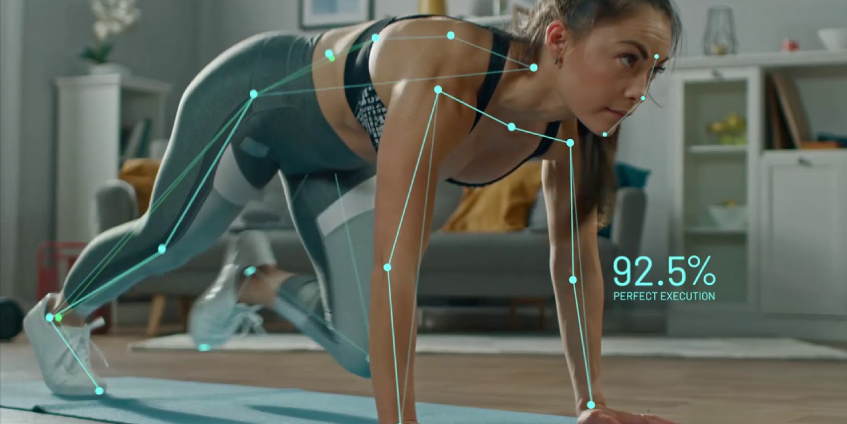
Using Pose Estimation and Pose Classification technology, it is down to Product Managers to create user experiences and UX design that best engages the user. This example shows a user striving for perfection when completing an exercise.
How to get started with pose estimation if you’re interested in using it in your own products
Adding Pose Estimation technology into apps has been very time consuming and inaccurate, however new solutions are coming onto the market,
First, you will need to identify the best technology for your needs. There are a variety of AI algorithms and frameworks available for pose estimation, such as Mediapipe, Google ML Kit, and Apple ML Kit.
You’ll also need to consider the type of hardware you’ll use, such as cameras and sensors. As most users already have a camera on their smartphones, designing products that make the best use of the tools they already have will give product managers a larger segment of potential customers.
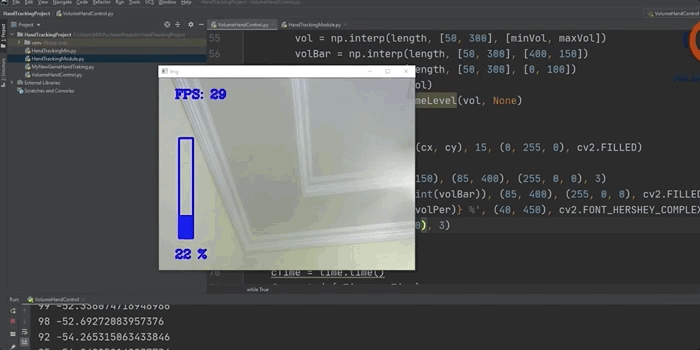
The Barriers to using Pose Estimation
Once you have the software and hardware in place, it’s a matter of training your algorithm to classify poses accurately. This can be done through collecting data sets that contain images or videos of people performing various movements. The algorithm will then learn from this data and be able to accurately classify human movements.
To collect sizeable data for your ML to classify poses accurately is a very time-consuming process, and usually enough of a barrier to prevent developers building their own accurate Pose Classifiers. Luckily for you, at QuickPose, we have trained our models and made them into simple SDKs. So now you can have Pose Estimation, and Pose Classification in your product just in a few lines of code by using our iOS SDK.
The possibilities are endless when it comes to leveraging pose estimation technology for product development. With the right amount of research and practice, you can bring your own unique vision to life with ease.
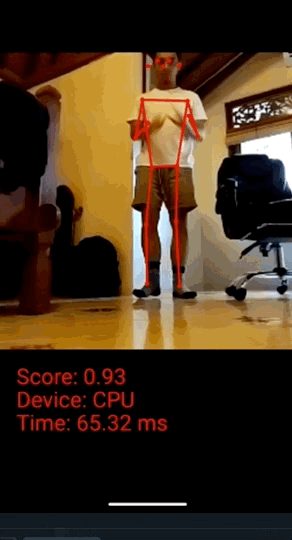
The challenges and potential pitfalls of using pose estimation in product development
Although using pose estimation technology for product development can be extremely powerful and beneficial, there are some potential challenges to be aware of.
Privacy: It’s important to ensure that any data collected for pose classification purposes is secure and that it remains within the boundaries of your own product or application. Make sure you adhere to all relevant privacy laws when collecting and storing data.
Accuracy: If the AI algorithm is not properly trained, it may not always recognize poses accurately in real-time.
A few resources to help you learn more about Pose Estimation
If you’d like to learn more about pose estimation and how to use it in your own product development, here are a few helpful resources to get started:
Mediapipe:
A framework for building cross-platform, real-time media processing pipelines that enable you to build complex and efficient media processing systems. Benefit: Allows developers to build custom and scalable media processing solutions with minimal development effort.
Google ML Kit:
A mobile machine learning library that allows developers to easily integrate pre-trained models into their Android or iOS apps. Benefit: Provides developers with access to a wide range of powerful machine learning models that can be easily incorporated into mobile applications.
Apple ML Kit:
A machine learning framework that allows developers to easily incorporate machine learning into their iOS and macOS applications. Benefit: Provides developers with a simple and intuitive interface for incorporating machine learning into their applications, making it easy to build intelligent and interactive features.
Conclusion
Pose estimation is a powerful tool for product development and can be used to create engaging experiences. By leveraging the right combination of software, hardware, and data collection techniques, you can accurately detect poses in real-time and use them to create unique products or applications.
Leveraging pose estimation technology for product development can be incredibly powerful, but it’s also time-consuming and difficult.
Collecting enough data sets to train an AI algorithm is a challenge, and integrating the right APIs and SDKs into your application or product can take a lot of work. Not to mention ensuring that all relevant privacy laws are adhered to when collecting data.
QuickPose
At QuickPose.ai, we build and integrate custom pose estimation products across industries. If you would like to book a consultation call to discuss your project, click here for a quick meeting.
